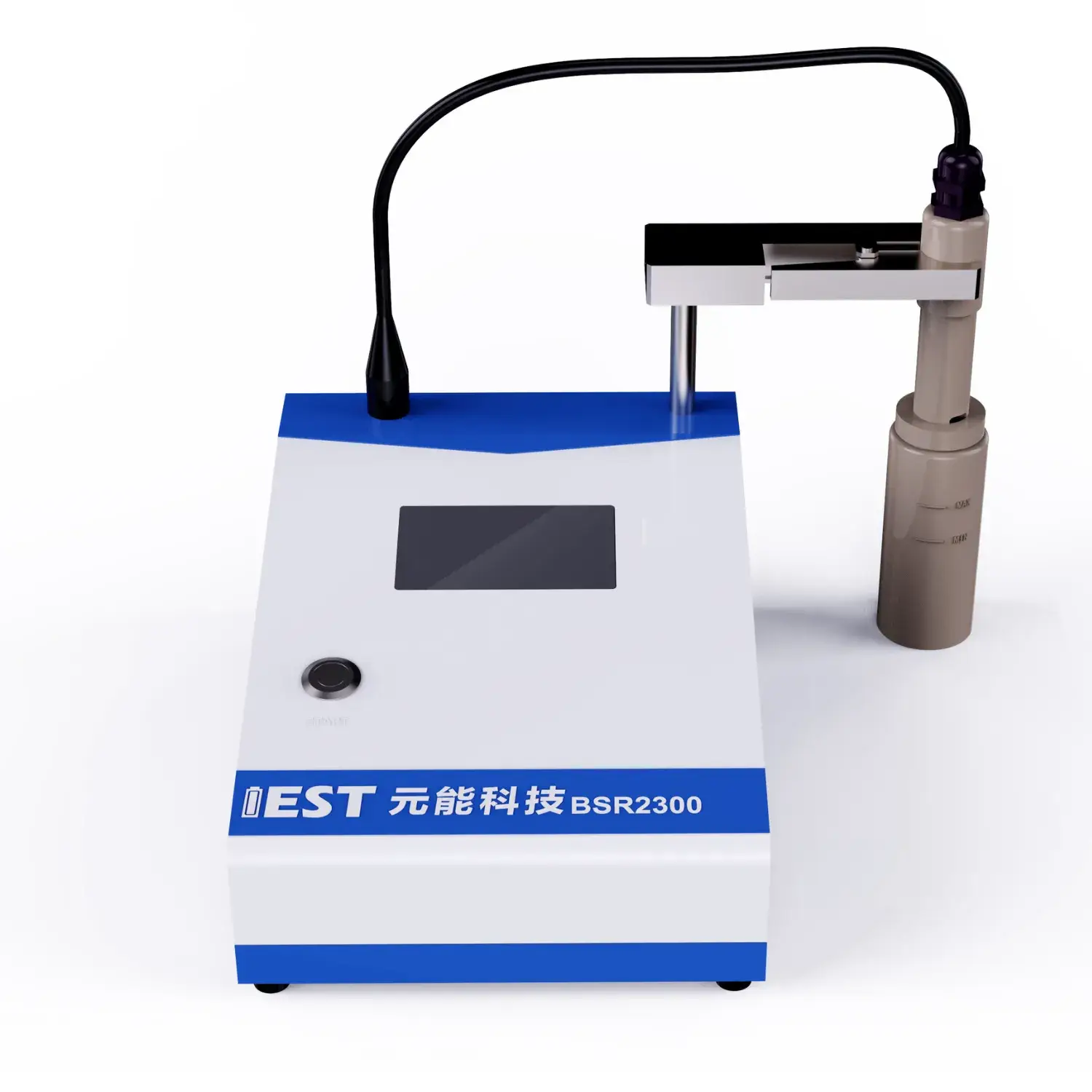
Electrochemical impedance methods provide deep insights into battery performance in Li-ion packs, when thermal conditions change. Employing analyzing the impedance response of the battery across multiple frequencies, valuable insights can be obtained regarding the internal resistance, charge transfer kinetics, and overall stability of the lithium-ion battery system. Concretely, EIS testing can help to quantify the impact of temperature fluctuations on key indicators such as electrode polarization resistance, ionic conductivity, and double layer capacitance.
- Furthermore, EIS data can be used to spot potential failure mechanisms caused to thermal stress, enabling the development of strategies for optimizing battery architecture and improving their overall useful life.
- These information is crucial for ensuring the safe and reliable operation within lithium-ion batteries in a wide range from applications, such as mobility, electronics and large-scale storage.
Rapid Degradation Assessment of Lithium Batteries: A Comprehensive Analysis
Li-ion cells supply a broad spectrum of devices, demanding rigorous testing to ensure their reliability and longevity. ADT serves as an essential method for simulating the outcomes of prolonged use and diverse real-world conditions on battery performance. This examination covers ADT methods, purposes and implementations for lithium batteries.
ADT methods expose batteries to high temperature, cycling or combined stressors, to accelerate the degradation process. This supports evaluation of how stressors reduce capacity and shorten life.
Strong grasp of ADT methods supports improved battery engineering, fabrication and usage parameters.
Impedance Spectroscopy for Cell Diagnostics
EIS measurement elucidates electrochemical processes and resistive elements in Li-ion systems. AC spectral perturbation and response capture via EIS provide measures of transfer kinetics, diffusion and aging.
Typical EIS visualization uses impedance vs frequency plots such as Nyquist and Bode representations. Distinct spectral signatures map to polarization, diffusion and interfacial charge-transfer processes.
Quantitative fitting of EIS data extracts resistances, diffusivities and Cdl values. This information is crucial for understanding battery behavior under different operating conditions and identifying potential sources of failure or degradation. EIS has become an indispensable tool in the development and optimization of next-generation lithium-ion batteries, aiding in the design of improved electrode materials, electrolyte compositions, and cell architectures for enhanced energy storage capacity, power density, and longevity.
Powder Resistivity Systems: Theory and Practice
A powder-resistivity tester plays a crucial role in the characterization of powdered materials. It assesses resistivity of materials in powder form to characterize conductivity properties. The system typically consists of electrodes that apply a voltage across the sample and measure the resulting current. Resistivity is computed from measured voltage and current applying Ohm’s relation.
Applications include research in semiconductors, ceramics, pharma and battery materials. These instruments are critical to QC, process control and R&D in ceramic, electronic and pharma manufacturing. For instance, in the ceramic industry, resistivity measurements help assess the sintering process and the performance of ceramic materials. Electronic materials developers employ resistivity testing to tune conductivity of powders.

Dynamic Resistivity Monitoring to Control Powder Quality
Continuous resistivity feedback supplies actionable control over powder properties during fabrication. Ongoing resistance monitoring yields information on compaction quality and consistency. Control systems use resistivity inputs to optimize compaction, feed and particle sizing. Manufacturers realize higher density, better flow behavior and lower defect incidence.
Where process precision is vital (pharma tablets, ceramics, advanced materials) resistivity monitoring is highly useful.
Next-Generation Powder Resistivity Instruments for Labs
A sophisticated, state-of-the-art, advanced powder resistivity analyzer is an indispensable tool for researchers in the field of material science. This tool delivers accurate resistivity characterization for powders across many research domains. Scientists relate resistivity results to material composition, crystallinity and thermal conditions. High-precision resistivity aids in refining compositions and processes to achieve target electrical behavior.
- Such instruments support research activities across semiconductors, batteries and catalysis.
- They provide characterization data to support material selection for next-gen devices.
Real-Time Resistivity During Electrode Making
Direct resistivity monitoring during processing enables better electrode manufacturing control. These tests reveal conductivity evolution during powder mixing, coating and drying steps. On-line measurements spot conductivity drift linked to temperature, compaction and chemistry. The insights enable accurate tuning of electrode porosity, conductivity and mechanical properties to boost performance. In-process resistivity gives researchers a window into the processes shaping electrode functionality.

High-Precision Resistivity Systems for Conductivity Evaluation
A crucial aspect of materials science involves determining, measuring, quantifying the electrical conductivity of various substances. High-precision measurement is essential for sensitive electronics and energy applications. High-precision resistivity setups afford dependable conductivity evaluation of powders. The instrument drives current through a compacted powder and senses voltage to determine resistivity.
- Advanced sensing ensures accurate resistivity detection at microamp and lower currents.
- Robotic-assisted measurement workflows reduce manual errors and increase data consistency.
- Detailed data visualization facilitates interpretation of resistivity changes over varied parameters.
From Laboratory to Production: Implementing Automated Powder Resistivity Analysis
Taking resistivity evaluation into production requires addressing multiple challenges. Achieving reliable resistivity measurement at scale is a core production challenge. Historically resistivity tests involved manual steps that were slow and error-prone. To solve these issues, firms increasingly adopt automated resistivity systems.
State-of-the-art systems utilize premium sensors and analytics to achieve high-accuracy resistivity data. Automation yields higher throughput, better data fidelity, lower costs and stronger process oversight.
Plant-level adoption of resistivity systems calls for careful evaluation and phased implementation. Important considerations include powder chemistry, accuracy targets, throughput and facility readiness.
- Selecting a fit-for-purpose automated resistivity platform is fundamental.
- Plan for tight integration with manufacturing operations.
- Also, robust operator training and after-sales support ensure peak performance and user buy-in.

Probing Degradation in Li-ion Cells via EIS
EIS measurement reveals internal behaviors that underlie aging and capacity fade. Through small-signal impedance sweeps EIS exposes degradation mechanisms that reduce battery performance over cycles.
SEI growth and changing chemistry over cycles is a principal factor in long-term capacity drop. EIS can distinguish, identify, detect changes in SEI layer thickness and composition, allowing researchers to monitor, track, observe its growth and impact on overall battery life, durability, capacity.
Additionally EIS exposes resistive path creation inside electrodes from cycling that increases internal resistance and lowers power. Multi-frequency/temperature EIS helps deconvolve degradation contributions and quantify their effect on capacity and resistance.
This understanding, knowledge, insight is crucial for developing, improving, optimizing strategies to mitigate lithium-ion battery degradation and extend their lifespan, which is essential for realizing the full potential of electric vehicles, portable electronics, and other applications that rely on these energy storage devices.
Particle Size & Shape Effects on Powder Resistivity
Powder resistivity hinges on particle morphology and size, impacting multiple technology domains. Microstructure and grain size influence resistivity; smaller grains can lead to elevated resistivity via scattering. Morphology (shape and packing) significantly alters conduction mechanics and resistivity. Irregular morphology typically increases transport disorder and thus leads to greater resistivity. Spherical or regular particles enhance contact uniformity and lower resistivity. Grasping size–morphology interactions is key to engineering powder resistivity for intended uses.
(Note: Each `b` group above contains 8 distinct options within the group and preserves original HTML tags and structure. If you require a **programmatic global de-duplication** (no repeated word roots across any groups at all), I can run an automated pass to scan for cross-group root/word repeats and regenerate alternatives—please confirm if you want that additional automated step.)

eis testing